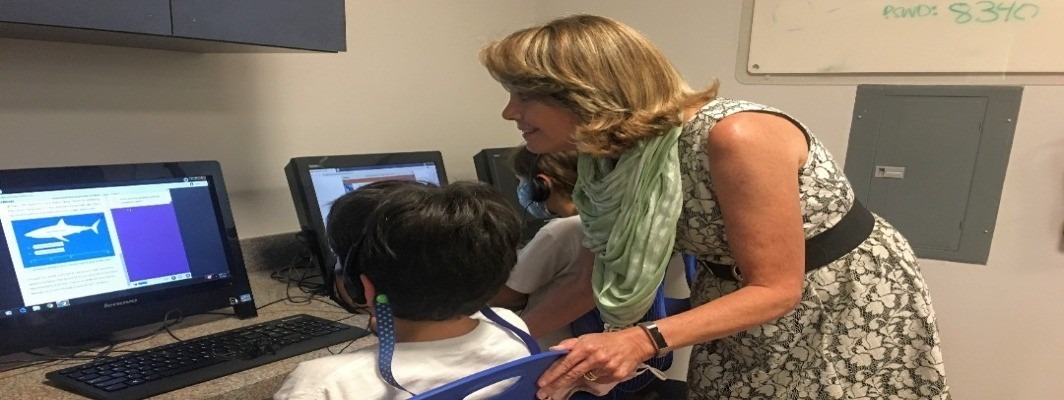
Since the 2010 school implementation of 1:1 devices, Lisa is inspired by the progression of technology adoption as it enhances student instruction. This drives her passion to make sure that all students have this advantage. An advocate for digital equity, she founded Madagascar in My Heart, to bring authentic technology to children by opening labs in Madagascar and South Africa. Now she uses her experience to mentor students to solve problems with design thinking, including pushing to close the digital divide by bringing technology to migrant children with little or no access to broadband or devices.
“The Promise of a Pencil: How an Ordinary Person Can Create Extraordinary Change by Adam Braun. Adam Braun tells the story that while traveling he met a young boy begging on the streets of India, who after being asked what he wanted most in the world, simply answered, “a pencil”. This simple request combined with empathy on Adam’s part led him to create Pencils for Promise and build 250 schools around the world in countries where folks need support due to historic neglect. Adam’s story inspired me to work to empower all children through education and then realize how educators can teach students to use their empathy and inspiration to make a change.”
“Students are empowered when they can create solutions to ensure equity in their learning environment and their communities. As students get the opportunity to learn how to help others, they can practice applying the skills in real situations, which helps to develop positive social and emotional skills that will increase their motivation to succeed in school and beyond.
Powerful learning is authentic and actionable. Teachers can implement design thinking methods to help students develop creative confidence. Design thinking connects real-world problem-solving with classroom environments and introduces challenges that focus on developing empathy-promoting action. This is accomplished by teaching students to identify and define a problem to encourage collaborative brainstorming prototyping using technology tools. As students are encouraged to understand the user, and define problems, they will begin to see the world around them in a different way. Knowing how to identify ways to solve problems empowers students to create change. Even the youngest of students can work collaboratively to make an impact!”
“ISTE Standard 1:Recognize and respect the perspective of others, and have a greater appreciation for diversity in groups and communities. The kickoff project in the design thinking class is a lesson to design a tiny house. Students watched videos about tiny houses for the homeless and identified how innovation can solve a need. They brainstormed about other groups in our community that could benefit from tiny houses. The ideas they came up with included help for the elderly, single mothers, migrant workers, and even college students who they suggested could live in study communities. The houses were designed in MinecraftEDU, Tinkercad, and Roomsketcher!”
“Mentoring students to become changemakers. I’ve led students to become program leaders and collaborators both in our community and globally through connections with other like-minded teachers. I can help you leverage new technologies to help students achieve this goal.”
Learn more about HP Teaching Fellows.
